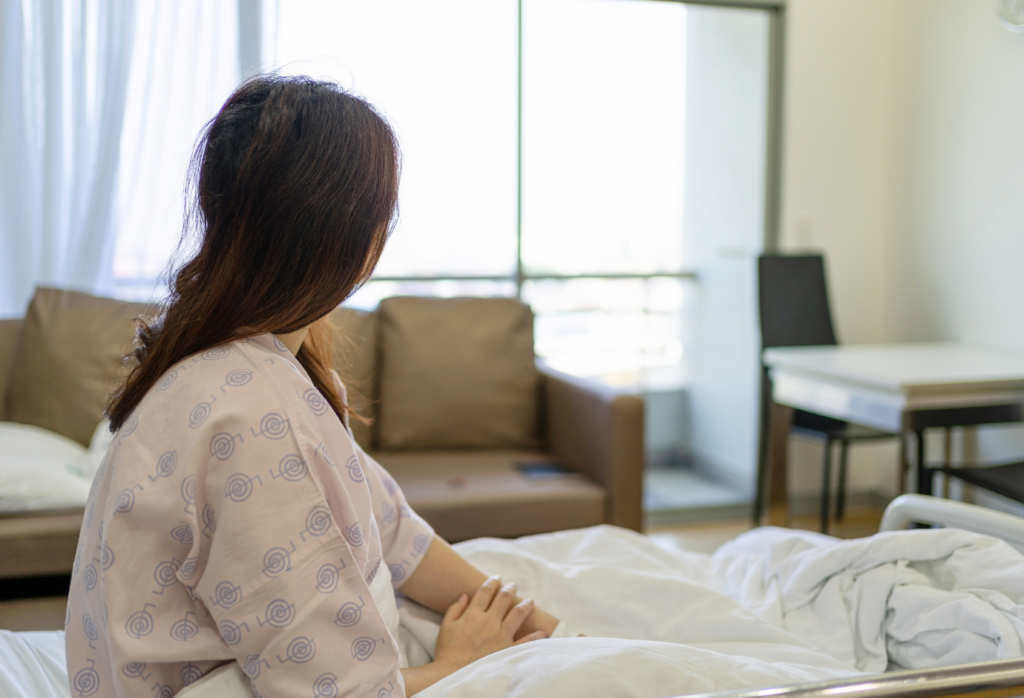The Australian Institute of Health and Welfare (AIHW) has released its latest report on the nation’s health, revealing startling trends related to physical and sexual violence.
Issued every two years, the report has uncovered a range of statistics showing life expectancy rates are continuing to rise, though rates of intimate partner violence is increasing.
Health and Aged Care Minister Mark Butler released a statement earlier this morning, commenting on the report.
“The Albanese Government has the policy agenda to tackle the health challenges and underlying social determinants as highlighted in the AIHW report,” he said.
“We are tackling inequities across our community that ultimately affect our health by addressing low wages, improving education, particularly early childhood education through our childcare reforms, and getting more women into the workforce.”
“We will build a stronger, fairer and more sustainable Australia for all Australians.”
“In highlighting the pandemic as the standout health issue over the past two years, the AIHW reminds us still face very real challenges this winter.”
Here’s a quick snap shot of the main topics relating to women’s health.
Physical and sexual violence
In Australia, 1 in 6 women have experienced physical and/or sexual violence by a partner.
In the first year of the pandemic, 9.6 per cent of women reported experiencing physical violence, while 7.6 per cent reported sexual violence.
During the pandemic, 42 per cent of women said physical violence had increased in frequency or severity. Forty-three per cent of women said sexual violence had increased in frequency or severity.
More than a quarter of women who experienced physical or sexual violence claimed they were unable to seek assistance on at least one occasion due to concerns over their own safety.
Compared with previous years, the number of hospitalisations for assault injuries related to family and domestic violence was lower in April 2020 compared to the same time the previous year.
However, between 2019–20, the total number of assault hospitalisations caused by assault injuries was higher than that for the years between 2018–19 and 2017–18.
The report claims that these changes in hospitalisation rates may reflect the increase in disclosure and/or identification of family violence in hospitals, or it could be an increase in family and domestic violence events that need hospitalisation.
Fertility Rates
The total fertility rate continues to decline, from 1.66 babies per woman in 2021–22 to 1.62 babies per woman by 2030–31.
Women are now having children later in life, and fewer. The rate of women giving birth has dropped from 65 per 1,000 women of reproductive age (15–44) in 2009 to 58 per 1,000 women in 2019.
Almost three quarters of mothers lived in major cities while more than a third were born overseas.
Data from the Indigenous HPF showed that improvements in the health system for Indigenous Australians, including the increase in Indigenous women’s access of antenatal care in their first trimester of pregnancy. In total, 6 per cent of babies born in the country were Indigenous babies.
COVID-related impacts
The ABS National Study of Mental Health and Wellbeing 2020–21 showed that 19 per cent of women were classified as having high or very high levels of psychological distress.
Telehealth claims were most popular among Indigenous people living in inner regional areas, Indigenous women, and Indigenous people aged 25 and older.
Individuals living in the lowest socio-economic areas were nearly three more likely to die from COVID-19, while those born overseas were 2.5 times likelier to die.
The rate of severe disease from the virus was seven times higher for Aboriginal and Torres Strait Islander people compared with the general Australian population.
The median age of death among Indigenous people increased over the past decade, though their life expectancy rates remain significantly lower than non-Indigenous people.
Breast Cancer
The total number of screening mammograms conducted through BreastScreen Australia in 2020 fell due to pandemic restrictions.
From January to June 2020, 145,000 fewer screening mammograms were conducted compared to the same period in 2018.
During the earliest part of the pandemic, screening services were suspended, resulting in the number of mammograms for women aged 50–74 dropping from over 70,000 in March 2020 to roughly 1,100 in April 2020.
As restrictions slowly eased, the number of screening mammograms increased. Between July to September 2020, 12,000 more mammograms were performed than in the same period in 2018.
The groups which accessed screening mammograms latest after restrictions eased were younger women and women who spoke a language other than English at home.
You can read the full report here.


